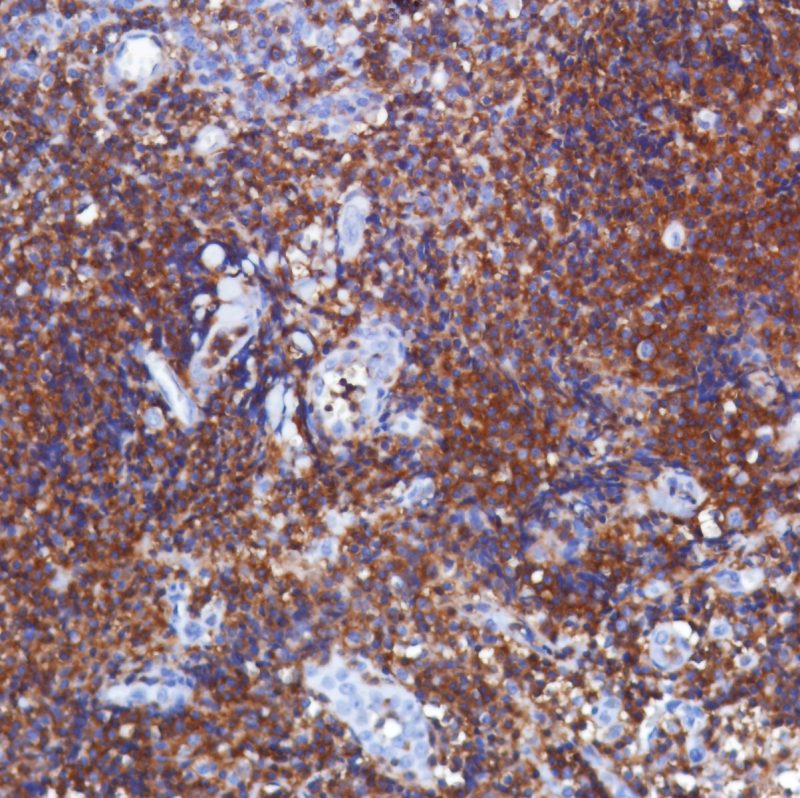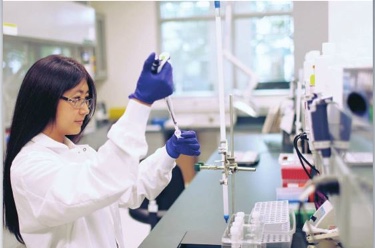The Anti-CD3 antibody is designed to react with the CD3 antigen expressed by T-cells in the intracytoplasmic portion. It can stain human T-cells in the medulla and cortex of the thymus, as well as in peripheral lymphoid tissues. It can also be used for staining neoplastic and normal T-cells in all formalin-fixed and paraffin-embedded tissues.
More Information
The Anti-CD3 antibody is not designed for diagnostic procedures, but for research purposes. It has no known clone, and the immunogen is the internal epsilon chain of the same protein, especially the synthetic 13-mer peptides of the region. The isotype is the Rabbit IgG, and it has an undetermined epitope. The molecular weight is 19kDa, and it has been tested in humans. It can be used with Western Blotting and Immunohistochemistry applications.
Western Blotting Application
The recommended starting protocol for Western Blotting is to dilute the antibody using a ratio of 1:25. While pre-diluted formulations are available, they should not be used for this application style. You should incubate for one hour at room temperature. The positive control is the Jurkat cell lysate with cellular localization occurring in the membrane.
IHC Application
You should only use Formalin-fixed or paraffin-embedded tissues for this procedure style. Deparaffinized slides are necessary and can be achieved with xylene or an alternative, as well as graded alcohols. When using the concentrated version, you should dilute the antibody using a ratio of 1:200, though dilutions are estimates. You can also find pre-diluted formulations that are suitable for IHC applications.
To retrieve the antigen, you’ll want to boil a tissue section in a 10mM citrate buffer with a pH of 6.0 for at least 10 minutes, allowing it to cool for 20 minutes to reach room temperature, also allowing for an incubation period of 10 minutes. The positive control is the tonsil.
The Anti-CD3 antibody can be used to stain a variety of T-cells. Visit Spring BioScience now to learn more.







